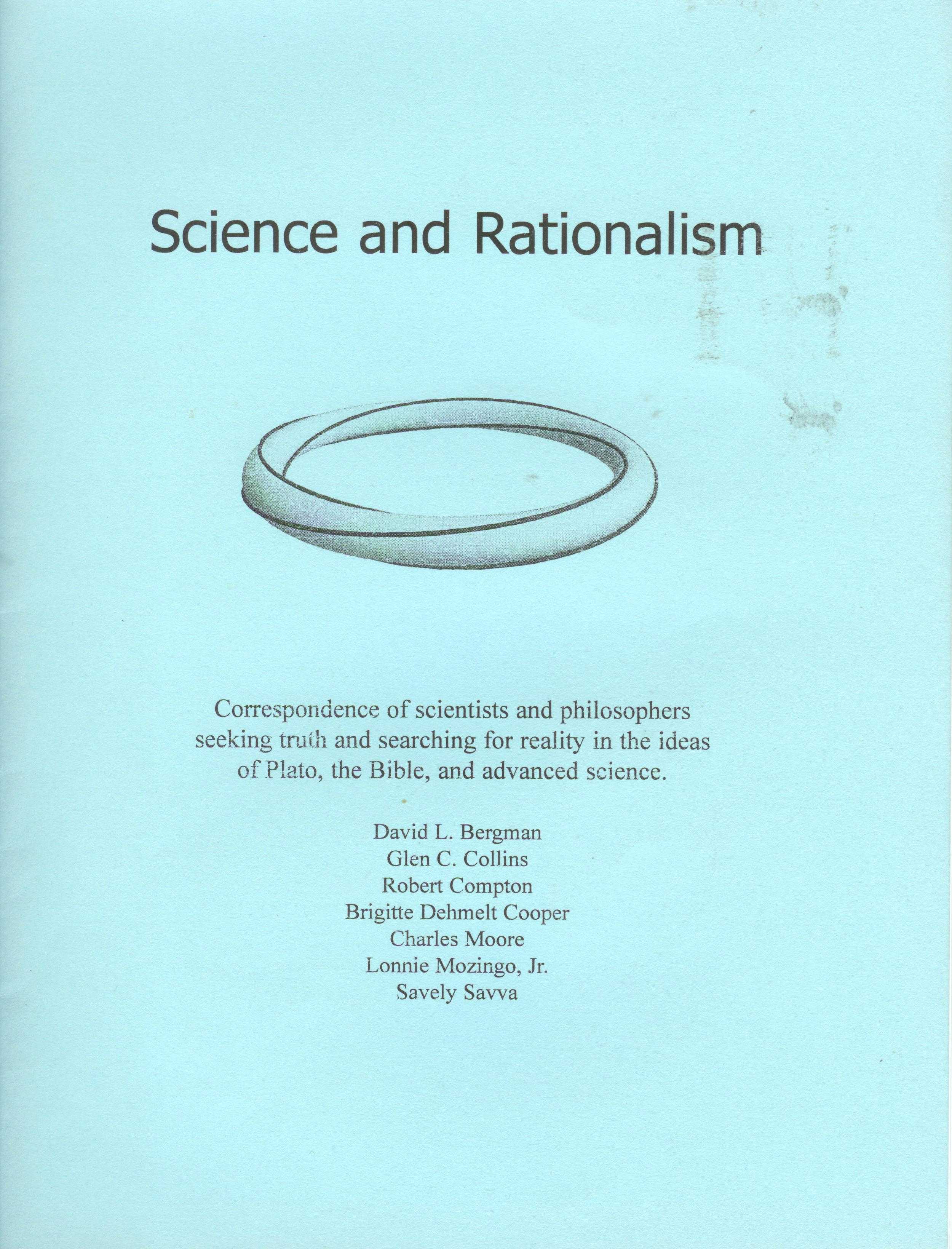(See right-hand panel for a full list of scientists, papers, and books)
In 1927 Werner Heisenberg published his "uncertainty principle", declaring a limit to how much we can "know" about a particle's position versus its momentum. From this concept, a conviction has arisen that the structure of particles can't be "known" in detail. Instead conventional wisdom dictates that we must accept the properties of elementary particles as "intrinsic", given, not derivable. Yes, we can measure the mass, spin, magnetic moments, and other properties of such particles, but can't expect to derive any of them, because uncertainty forbids it. Thankfully, a number of maverick scientists refuse to accept conventional wisdom on this point, and advocate a dynamic balance of forces to sustain finite structure in particles.
Actually the notion of structure is nothing new, since attempts to understand the fundamental structure of matter extend back to the Greeks, and no doubt before. The idea of finite structures bound together by their own motion has almost invariably led natural philosophers to closed loops and vortices, since motion confined to finite space simply must circulate. After the Greeks, vortex ideas were explored in the 17th century by Kepler, Descartes, Leibniz, and Huygens, in the 18th by Swedenborg and Bo?koviÄ?, and in the 19th by Amp?re, Fresnel, Kelvin, Rankine, Tait, and many others. In fact, Amp?re actually visualized the ultimate particles as tiny electrical circuits, whereas Kelvin, for example, was less specific about the vortexing matter comprising particles. In 1915, an English visiting graduate student at Harvard, Alfred L. Parson, presented the first "modern" model of the electron, the "magneton", a toroidal circuit of electrical charge. Parson meant to improve Bohr's famous 1913 model of the atom, which depicted electrons as circulating point charges, by "smearing" the charge around the entire circuit. According to the known laws of physics, accelerating charge must radiate, yet in Bohr's model, as in all point particle models, electrons mysteriously accelerate without radiation. This anomaly has been swept under the rug with the mantra that quantum physics behaves by a different set of rules than classical physics. Though little known today, Parson's magneton was a substantial influence on Gilbert Lewis's concept of molecular bonding and Arthur Compton's famous Compton Effect. In fact, one of Compton's graduate student, Winston Bostick, was one of the maverick's who revived Parson's magneton idea in the 1960s.
Most structuralists claim that the known properties of elementary particles can be determined by the manner in which the various circuits comprising particles intertwine. That is, particles are identified by their "topology" or "knottedness". Today science is just beginning to appreciate the connections between the properties of knots and of fundamental particles. By applying a set of rules consistently, some structuralists have reproduced not only properties of particles, but hundreds of characteristics throughout the periodic table. Eventually, structuralists hope to explain not only the structure of hydrogen and helium, say, but why water remains electrically dipole, why iron is ferromagnetic, and why nuclei remain positive. Finally, structural principles, such as found in the work of Buckminster Fuller, can apply at the macro- as well as micro-level, can be used to explain the nature of DNA, and may even explain mysteries at the cosmic scale. Answers to these questions can revolutionize science in ways hard to even imagine today.



